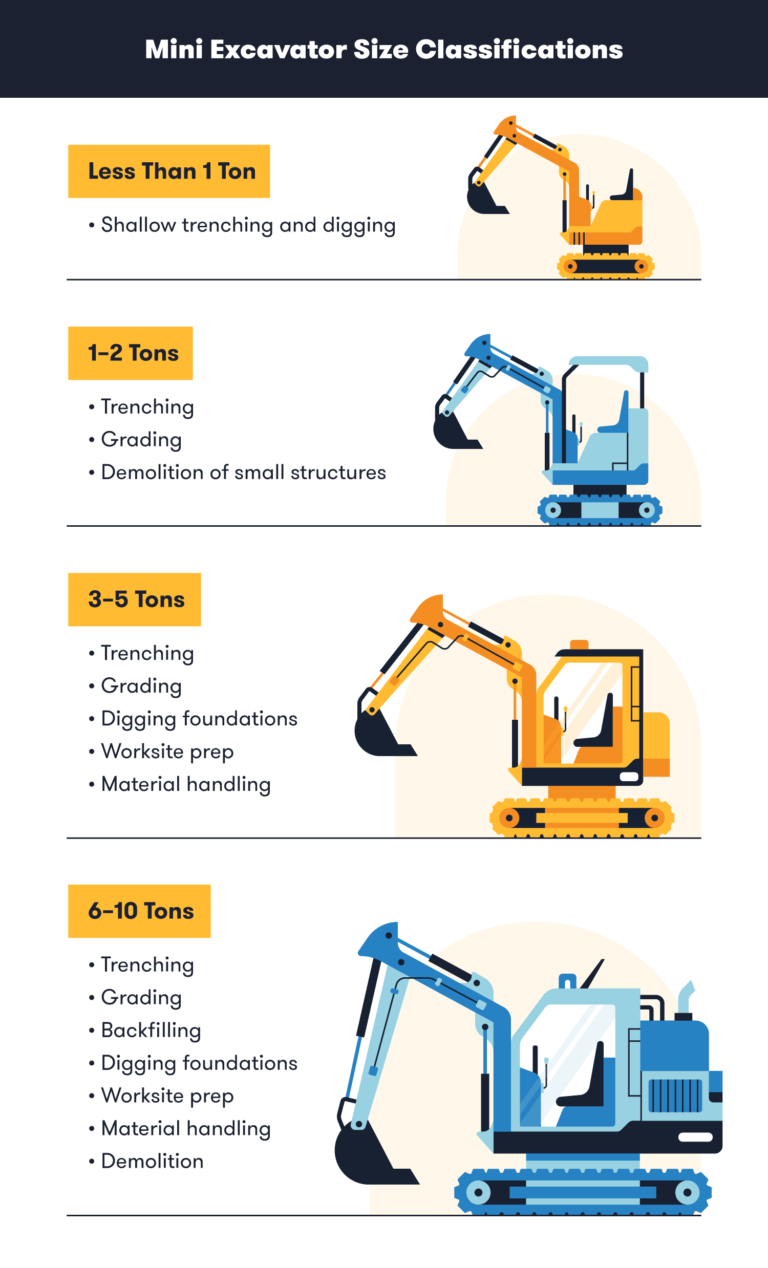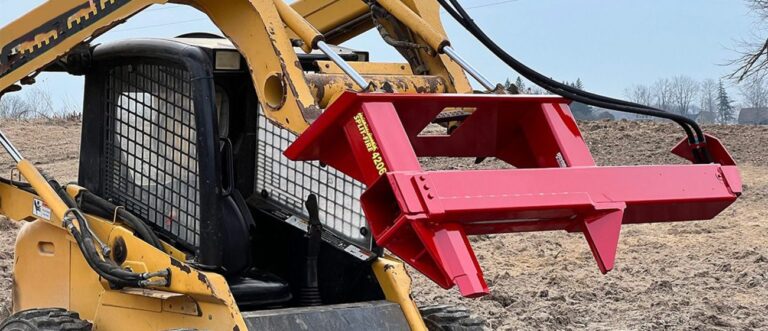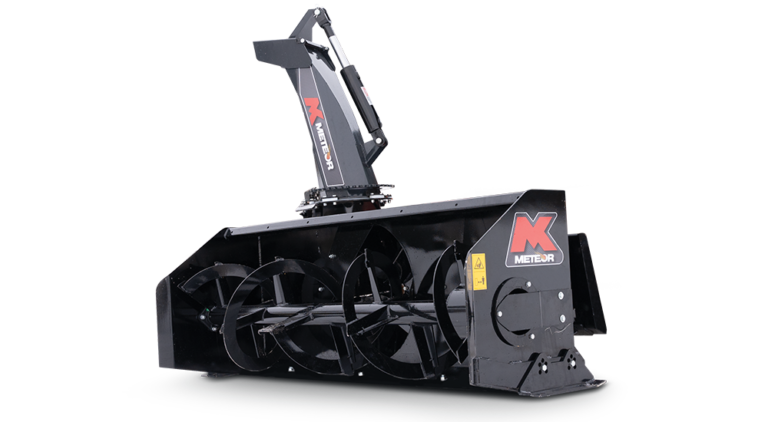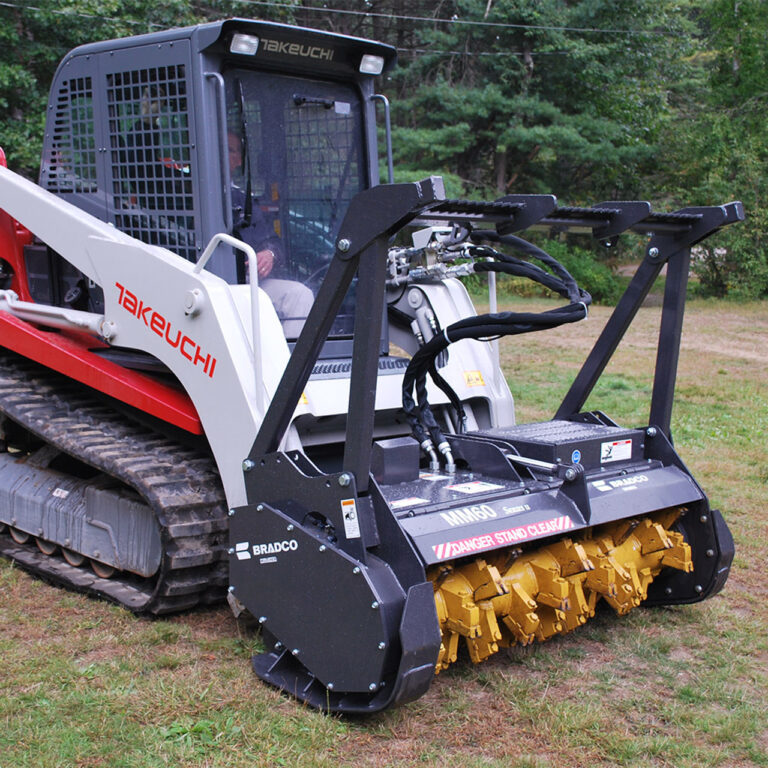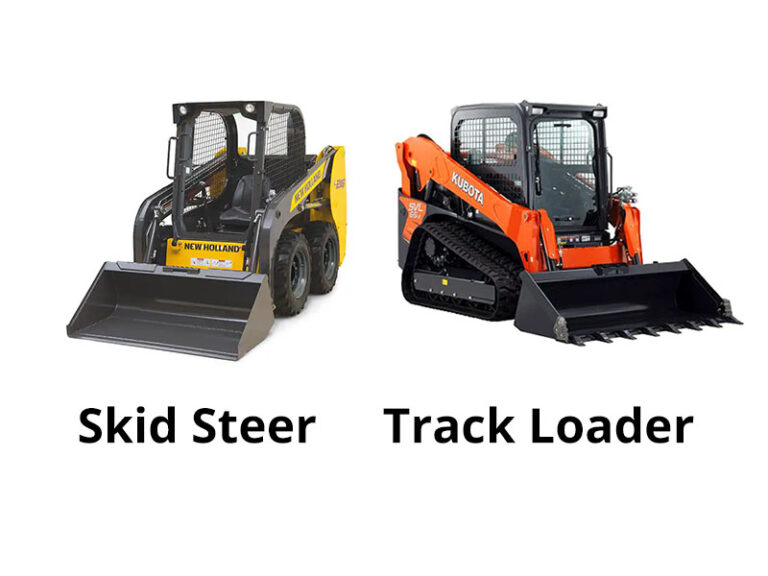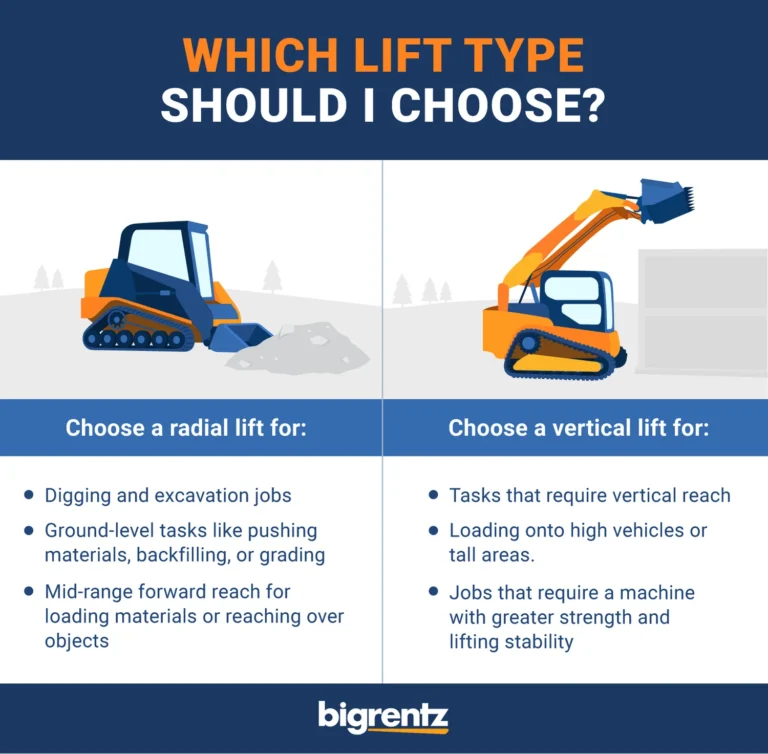Skid Steer Forks: Universal Fit or Specific Models?
Skid steer forks do not fit all units. Compatibility depends on the specific model and attachment system.
Skid steer loaders are versatile machines used in various industries, from construction to landscaping. One of their most useful attachments is the fork, which enhances material handling capabilities. However, not all forks are compatible with every skid steer model. Factors such as the mounting system and frame size play crucial roles in determining compatibility.
Understanding these specifications is essential for operators looking to maximize efficiency and safety. Choosing the right forks can significantly impact productivity and ease of use. This guide will explore the key considerations for selecting skid steer forks that fit your specific unit, ensuring optimal performance and functionality.
Introduction To Skid Steer Forks
Skid steer forks are essential attachments for various tasks. They enhance the versatility of skid steers. These forks help lift and move heavy materials. Understanding how they work is crucial for effective use.
The Role Of Fork Attachments
Fork attachments play a vital role in construction and landscaping. They allow operators to:
- Lift pallets and bundles.
- Transport materials efficiently.
- Handle heavy loads with ease.
Using skid steer forks can save time and effort. They improve productivity on job sites. Operators can switch between attachments quickly, making them versatile tools.
Variety In Skid Steer Forks
Skid steer forks come in various types and sizes. Choosing the right one is important for your tasks. Here are some common types:
| Type of Fork | Best For |
|---|---|
| Standard Forks | Lifting pallets and general loads |
| Heavy-Duty Forks | Handling heavier materials |
| Adjustable Forks | Versatile handling of different sizes |
Each type of fork serves a specific purpose. Selecting the right one can enhance your efficiency. Make sure to match the fork type with your tasks.

Credit: www.jbequipment.co.uk
Universal Fit Forks: Pros And Cons
Universal fit forks are popular among skid steer owners. They promise versatility and convenience. But, do they truly fit all units? Here we explore the benefits and drawbacks of these forks.
Benefits Of A One-size-fits-all Approach
- Cost-Effective: Universal forks usually cost less than custom ones.
- Versatility: They can be used on various machines.
- Easy to Find: Most suppliers carry universal fit forks.
- Quick Installation: They often require minimal setup time.
- Less Maintenance: Fewer parts mean lower upkeep needs.
Drawbacks Of Universal Forks
- Compatibility Issues: Not all units work well with universal forks.
- Reduced Efficiency: May not handle heavy loads as well.
- Stability Concerns: Can be less stable than custom options.
- Limited Features: They may lack specific functionalities.
Model-specific Forks: Tailored Solutions
Skid steer forks are essential for lifting and moving heavy loads. Choosing the right forks can enhance your machine’s efficiency. Model-specific forks offer tailored solutions. These forks fit specific skid steer models. They provide better performance than generic options.
Advantages Of Customized Forks
Customized forks have many benefits that improve your work. Here are some key advantages:
- Perfect Fit: Designed for specific models.
- Improved Stability: Enhanced load balance and control.
- Increased Safety: Reduced risk of accidents.
- Better Performance: Optimized lifting capacity.
- Easy Installation: Quick attachment to your skid steer.
Limitations Of Model-specific Options
While model-specific forks are effective, they have some downsides. Consider these limitations:
- Higher Cost: Customized forks can be expensive.
- Limited Compatibility: Only fit certain models.
- Availability Issues: May not be easy to find.
- Less Versatility: Not suitable for multiple machines.
Understanding these factors helps you make informed choices. Choose forks that best meet your needs.
Compatibility And Performance
Understanding the compatibility of skid steer forks is crucial. Not all forks fit every unit. Knowing the right fit ensures optimal performance.
Assessing Fit And Function
Before purchasing skid steer forks, assess the following:
- Attachment Type: Determine the quick attach system.
- Weight Capacity: Check the load capacity for safe usage.
- Fork Size: Measure length and width to match your needs.
Common attachment types include:
| Attachment Type | Description |
|---|---|
| Standard Quick Attach | Most common for various models. |
| Universal Quick Attach | Compatible with many brands. |
| Pin-On Attachments | Fixed fork style, less versatile. |
Impact On Skid Steer Efficiency
Properly fitting forks enhance skid steer efficiency significantly. They allow for:
- Increased Productivity: Move materials faster with the right fit.
- Reduced Wear and Tear: Compatible forks minimize equipment stress.
- Improved Safety: Properly fitted forks reduce accidents.
Incompatibility can lead to:
- Decreased performance
- Increased operational costs
- Higher risk of damage
Choose the right skid steer forks for best results. Compatibility directly influences overall performance.
Material And Build Quality
The material and build quality of skid steer forks play a crucial role in performance. High-quality materials enhance durability and efficiency. Choosing the right forks ensures they withstand various tasks.
Durability Factors
Durability is key for skid steer forks. Here are factors that affect it:
- Material Type: Steel is most common. It offers strength and resistance.
- Thickness: Thicker forks resist bending and breaking.
- Weld Quality: Strong welds prevent fractures during heavy loads.
- Coating: Protective coatings resist rust and corrosion.
Considerations For Heavy-duty Usage
Heavy-duty tasks require robust forks. Consider these points:
- Load Capacity: Check the maximum weight forks can handle.
- Fork Length: Longer forks allow for wider loads.
- Attachment Style: Ensure the forks fit your skid steer model.
- Brand Reliability: Choose brands known for durable products.
| Feature | Importance |
|---|---|
| Material Type | Ensures strength and durability |
| Thickness | Resists bending and breaking |
| Weld Quality | Prevents fractures under stress |
| Coating | Protects against rust and wear |

Credit: www.amazon.com
Ease Of Attachment And Removal
The ease of attaching and removing skid steer forks is crucial. Efficient operations save time and increase productivity. Knowing the right methods ensures quick changes between attachments.
Quick Coupler Systems
Quick coupler systems simplify the attachment process. They allow operators to switch forks in seconds. No tools are needed for this method.
Key features of quick coupler systems include:
- Speed: Fast attachment and removal.
- Safety: Secure locking mechanisms.
- Compatibility: Works with various attachments.
Many modern skid steers come with quick couplers. They enhance versatility on the job site. Operators can quickly switch between forks, buckets, and other tools.
Manual Attachment Techniques
Manual attachment techniques require a bit more effort. Operators must align forks carefully to attach them. This method works well for older models.
Steps for manual attachment:
- Park the skid steer on a flat surface.
- Align the forks with the mounting brackets.
- Lower the forks onto the brackets.
- Secure with pins or bolts.
Manual techniques may take longer. They demand skill and patience. Understanding your equipment helps make this process smoother.
Cost Implications
Understanding the cost implications of skid steer forks is essential. Different forks affect your budget differently. Buyers often face two choices: universal forks and specific forks. Each option has unique cost factors.
Investment In Universal Vs. Specific Forks
Universal forks fit many models. They often come at a lower initial cost. Specific forks are made for certain models. They usually have a higher price tag.
| Type of Fork | Initial Cost | Compatibility | Maintenance Cost |
|---|---|---|---|
| Universal Forks | Lower | Multiple Models | Moderate |
| Specific Forks | Higher | One Model | Lower |
Consider the following points:
- Universal forks save money upfront.
- Specific forks may fit better and perform well.
- Long-term use affects total cost.
Long-term Value Analysis
Assessing long-term value is crucial. Universal forks may require more repairs. This can increase future costs.
- Evaluate how often you’ll use the forks.
- Consider the lifespan of each type.
- Calculate potential repair costs.
Specific forks may last longer. They often provide better performance. This can lead to savings over time.
Always factor in your specific needs. Choose the option that aligns with your usage. Make informed decisions for the best value.
Making The Right Choice
Choosing the right skid steer forks is essential. Not all forks fit every unit. Understanding your machine’s specifications is crucial. This guide helps you make an informed decision.
Assessing Your Needs
Start by evaluating your specific needs. Consider the following factors:
- Load Capacity: Know how much weight you’ll lift.
- Fork Length: Determine the length required for your tasks.
- Attachment Type: Check if your skid steer uses universal mounts.
- Material: Decide between steel or lighter materials.
Gather this information before purchasing. It ensures you select the right product. Here’s a quick reference table:
| Factor | Considerations |
|---|---|
| Load Capacity | Weight you need to lift |
| Fork Length | Length needed for your tasks |
| Attachment Type | Universal or specific mounts |
| Material | Steel vs. lighter options |
Expert Recommendations
Consult experts for the best options. Here are some tips:
- Check Compatibility: Ensure forks match your skid steer model.
- Read Reviews: Look at user experiences before buying.
- Ask for Advice: Speak to dealers or equipment specialists.
- Consider Brand Reputation: Choose trusted brands for quality.
These recommendations will help you avoid costly mistakes. Always prioritize safety and efficiency in your choice.
Maintenance And Upkeep
Proper maintenance keeps your skid steer forks in top shape. Regular care extends their lifespan. It reduces the risk of costly repairs.
Routine Care For Fork Attachments
Routine care is essential for optimal performance. Follow these simple steps:
- Clean After Use: Remove dirt and debris.
- Inspect Regularly: Check for cracks or bends.
- Lubricate Moving Parts: Use appropriate grease.
- Check Bolts and Nuts: Tighten them as needed.
Set a schedule for inspections. Monthly checks can prevent issues. Keeping a maintenance log helps track condition and repairs.
Dealing With Wear And Tear
Fork attachments can wear out over time. Address wear and tear quickly to avoid more damage.
Look out for these common signs:
- Uneven wear on tines.
- Excessive rust or corrosion.
- Loosening of attachment points.
Repair or replace worn parts immediately. Here’s a simple table to guide you:
| Sign of Wear | Action Required |
|---|---|
| Uneven Tines | Replace or resurface. |
| Rust | Sand and repaint. |
| Loose Bolts | Tighten or replace. |
Staying proactive can save time and money. Regular attention keeps your skid steer forks functional and safe.
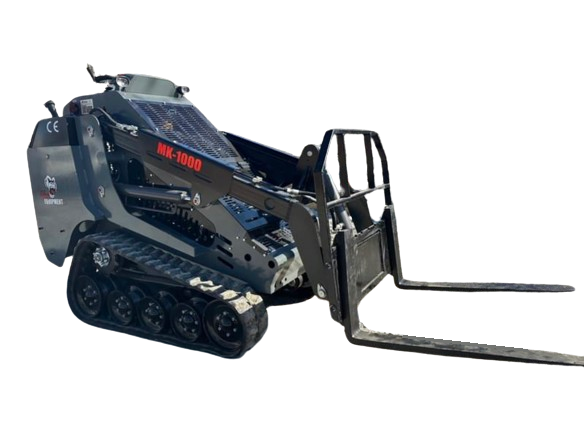
Credit: advancedtoolcorp.com
Future Trends In Fork Design
The design of skid steer forks is evolving rapidly. New technologies and materials are shaping the future. These changes promise better efficiency, strength, and versatility. Operators will benefit from innovative features. Let’s explore what’s on the horizon.
Innovations On The Horizon
Several exciting innovations are being developed for skid steer forks:
- Smart Technology: Integrating sensors can enhance operation. Sensors provide real-time data on load weight and balance.
- Lightweight Materials: Advanced materials like carbon fiber reduce weight. This increase in mobility improves fuel efficiency.
- Interchangeable Designs: Forks that adapt to various tasks are emerging. This versatility saves time and money.
- Eco-Friendly Options: Sustainability is becoming a priority. Manufacturers are exploring green materials and processes.
The Evolution Of Skid Steer Attachments
The history of skid steer attachments shows significant progress. Early designs were basic and limited in function. Today’s attachments are multifunctional and robust.
| Year | Design Feature | Impact |
|---|---|---|
| 1980s | Basic Forks | Limited load capacity |
| 1990s | Adjustable Forks | Increased versatility |
| 2000s | Hydraulic Attachments | Improved efficiency |
| 2010s | Smart Forks | Enhanced safety features |
Skid steer forks will continue to grow in capability. The future holds many promising advancements. Operators can expect better safety, efficiency, and performance.
Frequently Asked Questions
Do Skid Steer Forks Fit All Brands?
No, skid steer forks do not fit all brands. Each manufacturer has specific attachment systems. It’s essential to check compatibility before purchasing. Some forks may fit multiple brands, but not all. Always consult your equipment’s specifications for the best match.
What Factors Affect Skid Steer Fork Compatibility?
Skid steer fork compatibility depends on the attachment style and mounting system. Different brands have unique designs. Additionally, fork width and capacity can vary. Ensure you know your skid steer model and its specifications. This will help you find the right forks.
Can I Use Forks On Any Skid Steer Model?
Not every skid steer model can use forks. Compatibility is crucial for safety and efficiency. Always verify the attachment system of your skid steer. Using incompatible forks can lead to operational issues. Consult the manufacturer for suitable options.
Are There Universal Skid Steer Forks Available?
Yes, there are universal skid steer forks available. These forks are designed to fit a range of models. However, always check compatibility with your specific unit. Universal forks can save time and effort. They are a convenient option for mixed fleets.
Conclusion
Choosing the right skid steer forks is essential for optimal performance. Not all forks fit every skid steer unit. Always check compatibility before making a purchase. This ensures safety and efficiency on the job. Investing time in research pays off in the long run.
Make informed decisions for your equipment needs.


